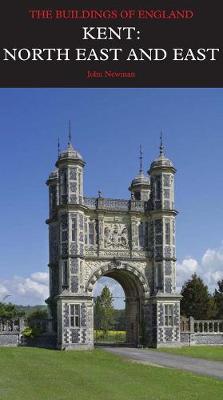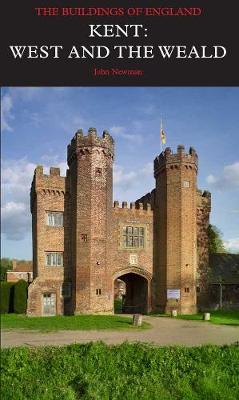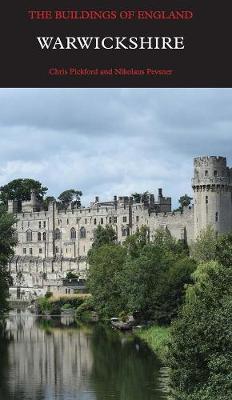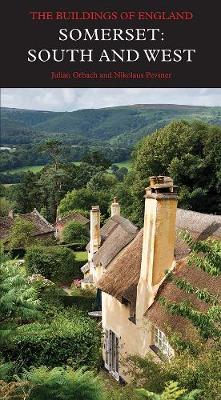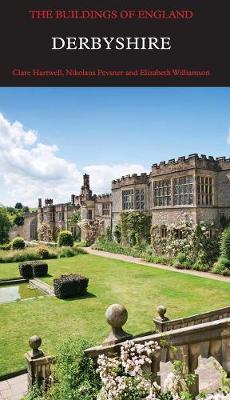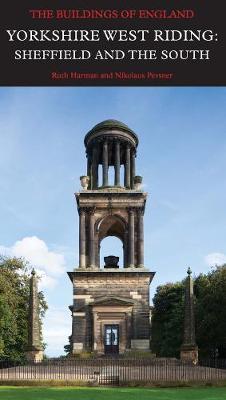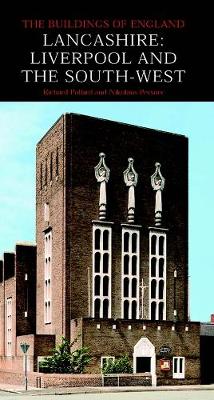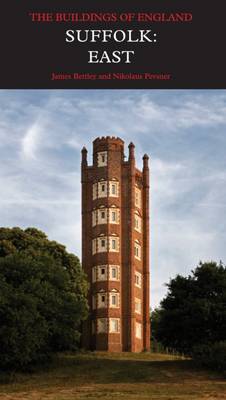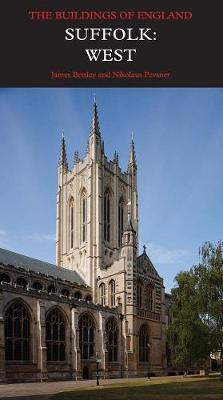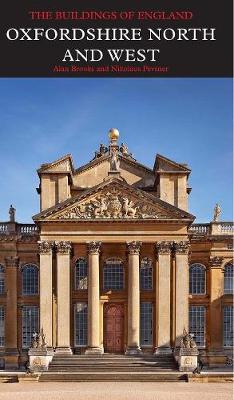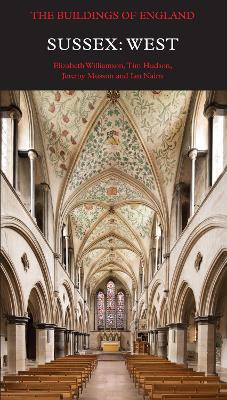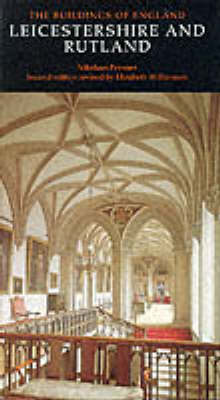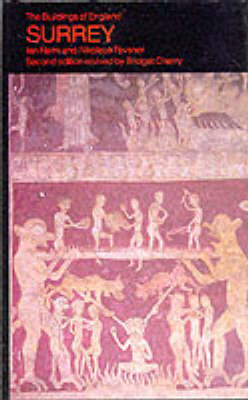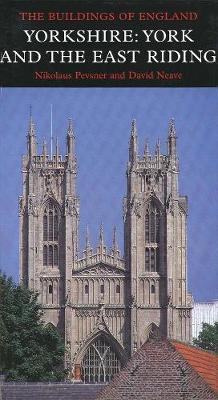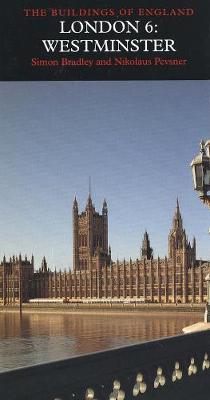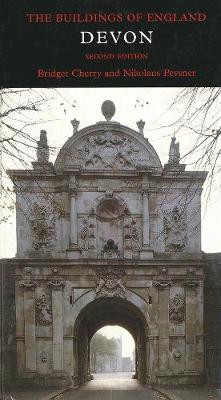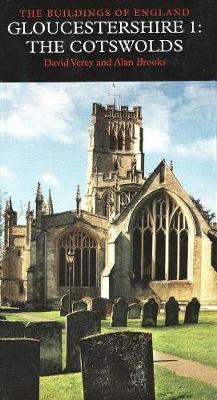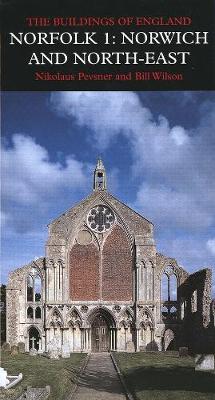Pevsner Architectural Guides: Buildings of England
69 total works
The exceptionally rich architecture of eastern Kent is covered by this fully revised, updated, and expanded edition of John Newman's classic survey, first published in 1969. This city of Canterbury is the county's greatest treasure, and its glorious cathedral is the first mature example of Gothic architecture in England. The influence of Canterbury appears also in the remains of St Augustine's 17th-century mission churches, and in sophisticated Norman carved work at churches such as Barfrestone. Kent is also a maritime county, and its coastal towns are excitingly diverse: the royal stronghold of Dover with its mighty medieval castle; the medieval port of Sandwich; and resorts large and small, from genteel Folkestone to lively Margate, with its bold new art gallery.
The East Sussex volume of The Buildings of England covers an area ranging from the High Weald in the north of the county to the massive ridge of the South Downs and the resort towns and ancient ports of the coast. Its coastal resorts are particularly distinguished, none more so than Brighton and Hove, where John Nash's oriental Pavilion for the Prince Regent sets the tone. Elsewhere castles at Camber, Bodiam and fortified town walls at Rye and Winchelsea attest to its military past and Battle Abbey to its medieval endowments. The towns and villages are especially rich in timber-framed, brick and tile houses for which the county is famous. The twentieth century makes its mark in the exhilarating De La Warr Pavilion at Bexhill, and the uncompromising forms of the 1960s University of Sussex campus.
An expanded and fully revised edition of John Newman's classic survey of the buildings of West Kent, first published in 1969. Here is an extraordinary concentration of architecture of the first rank, and an immense variety of landscape and townscape, from the deep woods of the Weald to the shingles of Dungeness, the cathedral city of Rochester with its Norman castle, and the remarkable Georgian naval dockyard at Chatham. Domestic buildings of note range from plentiful timber-framed hall houses to the Palladian masterpiece of Mereworth Castle and the planned modernist village of New Ash Green, as well as country houses on the grandest scale, such as Cobham Hall and Knole. The parish churches can show rich and memorable work of almost every period, especially the middle ages and the Gothic Revival. This new edition includes detailed explorations of many rewarding urban areas, and fresh perspectives on such famous landmarks as Ightham Mote, Sissinghurst and Hever Castle.
Yorkshire West Riding: Sheffield and the South
by Ruth Harman and Nikolaus Pevsner
Lancashire: Liverpool and the South-West
by Richard Pollard and Nikolaus Pevsner
This volume is a fully expanded and revised architectural guide to the greater part of Oxfordshire, based on Jennifer Sherwood's 1970s account, full of new information and with specially commissioned photography.The vernacular architecture of the villages and farms is well represented here, as well as notable town architecture and the medieval parish churches for which the area is well known. Oxfordshire is also a county of great houses, from the romantic medieval ruins of Minster Lovell to the late flowering of Lutyens's 1930s Middleton Park; the grandest, however, is Blenheim Palace, the Baroque masterpiece designed by John Vanbrugh (1664-1726).
Sussex: West
by Elizabeth Williamson, Tim Hudson, Jeremy Musson, Ian Nairn, and Nikolaus Pevsner
Leicestershire and Rutland
by Nikolaus Pevsner and Dr Elizabeth Williamson
For each area there is a detailed gazetteer and brief introduction. A general introduction provides a historical and artistic overview. Numerous maps and plans, over 100 new color photographs, full indexes, and an illustrated glossary help to make this book invaluable as both reference work and guide.
This is the fifth of six Pevsner Architectural Guides volumes on London available in cloth.
Gloucestershire 2: The Vale and The Forest of Dean
by David Verey and Alan Brooks
